As an experienced teacher, I have learned to implement rules for classroom discussion among my students. Without having rules in place, I am allowing my students to be disorganized with a lot of disruption. Therefore, I try to introduce simple rules for my students to follow when they would like to have classroom discussions with me or their peers. This leads to less confusion, organization, and orderliness.
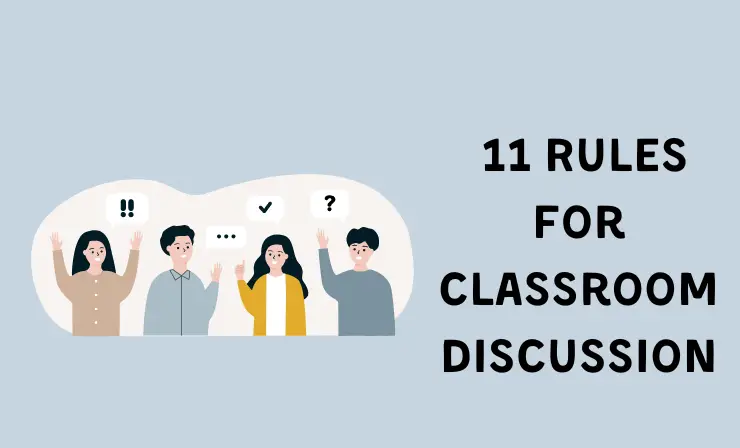
After careful thinking and consideration, I have realized how much of a difference it has made in my classroom over the years and decided to share this life-changing technique with my fellow teachers and educators across the world. Give it a try with your students and see how much the environment of your classroom changes for the better.
After reading this article, you will officially know:
- 1. Always listen respectfully and do not interrupt →
- 2. You must fully listen to other people talking to understand their views →
- 3. Do not criticize a person; criticize ideas and thoughts instead →
- 4. Try to never blame someone, make speculations, or use bad language in the classroom →
- 5. Give every single person a chance to speak →
- 6. Do not make assumptions about any person →
- 7. Realize that you are accountable for the words that you say →
- 8. Try to focus on learning instead of debating →
- 9. Never give out your personal or confidential information →
- 10. Do not speak over another person →
- 11. If you see someone not being included in the conversation, try to include them →
- Tips on how teachers should guide the discussion →
You may think that rules for classroom discussion may sound strict or harsh, but it is actually the opposite. By creating discussion guidelines and requiring your students to follow them, you are building a sense of community and providing a space where every student can have time to talk and be fully heard and listened to. If you allow all your students to speak at once, it will create a class full of turmoil. When students enter the real-world, they cannot speak whenever they want. Therefore, they must learn that there is a time and place to talk and give everyone a turn. With that being said, I have developed a list of rules in which I incorporate into my classroom and believe that my students should follow during discussions, which include the following:
1. Always Listen Respectfully and Do Not Interrupt
Be respectful when you are listening to an individual. Do not interrupt them. Sit back and listen to what they are saying before responding. Give yourself some time to think about what they are saying. Sometimes, it is better to think before you speak as this can create a healthier discussion.
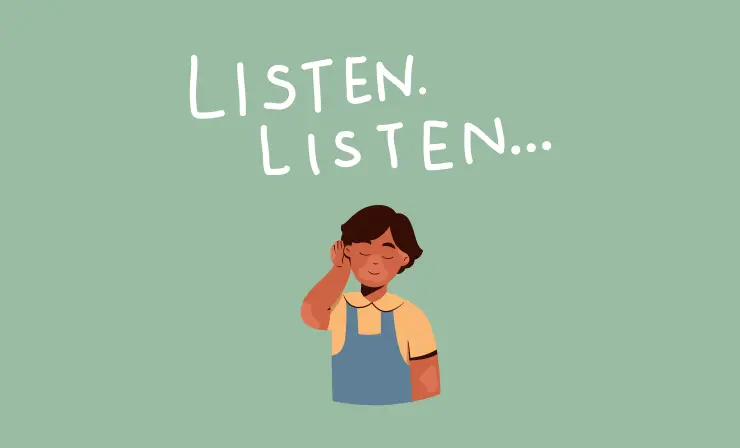
2. You Must Fully Listen to Other People Talking to Understand Their Views
Instead of thinking about what you are going to say, take the time to understand exactly what someone is saying or thinking. You will comprehend where they are coming from and will be able to make better judgment on how to respond. If you do not actively listen, the conversation will not be a positive experience.
3. Do Not Criticize a Person; Criticize Ideas and Thoughts Instead
It is easy to start criticizing a person, but the reality is that it is their views or opinions that you do not agree with. You can still be someone’s friend and have a positive conversation even if you disagree with them. Your views do not have to align with another person’s, but you can learn a lot by just listening to them without criticizing.

4. Try to Never Blame Someone, Make Speculations, or Use Bad Language in the Classroom
Conversations can become heated when there are disagreements, but you should try to avoid blaming someone, making speculations, or using bad language in the classroom. It is best to take a breather if you feel angry or frustrated during a discussion.
5. Give Every Single Person a Chance to Speak
You may be eager to speak out and give your opinion, but it is extremely important that every person has a chance to speak. Some people are quiet, shy, and reserved. This means that they may be more reluctant to speak, but they must still be given a chance to give their opinions on the topic.
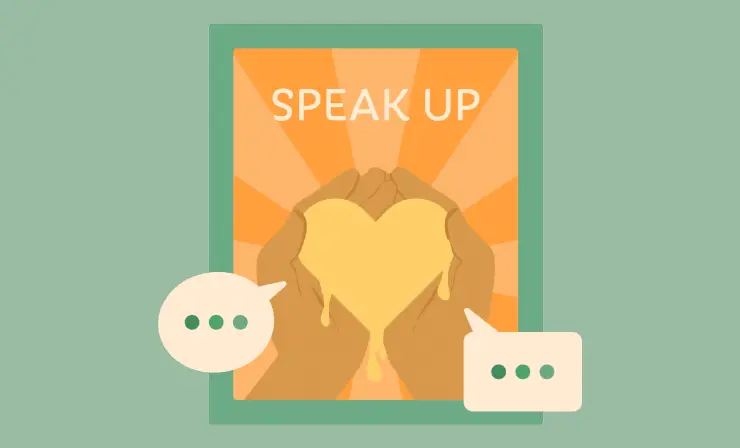
6. Do Not Make Assumptions About Any Person
It can be easy to make assumptions about people, but you should try to avoid these assumptions. Give a person the time to speak and you may realize that your assumptions were completely wrong.
7. Realize That You Are Accountable for the Words that You Say
When you speak words, you cannot take them back. That is why it is important to think before you speak because you are accountable for the words that you say once they are out there. Be careful what you say and be prepared to take responsibility for it.
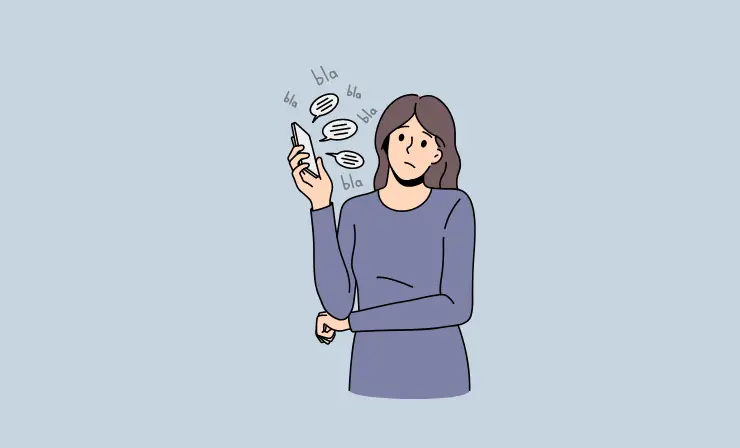
8. Try to Focus on Learning Instead of Debating
It is easy to debate. Instead, you should take the time to learn what someone is saying. You may have opposing views and opinions, but you may be able to learn something if you focus on listening instead of debating.
9. Never Give Out Your Personal or Confidential Information
When in a classroom setting where you do not know everyone on a personal level, do not give out any confidential or personal information. For example, do not give out your address, any government information, or anything that you believe is not necessary to the conversation. While you are speaking, you must remember that your safety and privacy are a top priority.

10. Do Not Speak Over Another Person
When another person is talking, wait patiently. Do not start speaking over them. That is considered rude. Practice patience at all times.
#SibfordYear4 thinking about their #PSHE for the year ahead and their classroom rules to help make it a safe space for discussion #SibfordJS #pastoralcare #startofterm pic.twitter.com/oRwX0BDURd
— Sibford Junior School (@SibfordJS) September 8, 2022
11. If You See Someone not Being Included in the Conversation, Try to Include Them
Quieter individuals may get left out of the conversation. You should do your best to encourage them to join the conversation. The more opinions and views given, the more everyone can learn.
Check out Edutopia’s YouTube video below to learn how to set the stage for challenging classroom discussions. This may seem difficult to do as you want to make sure that there are no heated conversations and that everyone’s voice is heard. However, this short video will help you out a lot.
Another video I recommend watching is Teachings in Education’s YouTube video. This video goes over a few different strategies that you can use for your classroom when it comes to having healthy and beneficial classroom discussions. Take a look below.
After your students have participated in a conversation, my advice is to give them some time to relax and do a few worksheets. Discussions can be hard and tiring, which is why they need a few moments to recoup. If you need software that will create your worksheets for you, check out this article in which I write about this topic. You will find 13 different worksheet software that you can try out.
5 Tips on How to Guide the Discussion (For Teachers)
Not every teacher has the magic ability to guide classroom discussions. Some discussions can lead to disagreements, arguments, name calling, or even complete chaos. Therefore, it is important to guide the discussion in a positive way and make sure that everyone is being respectful.
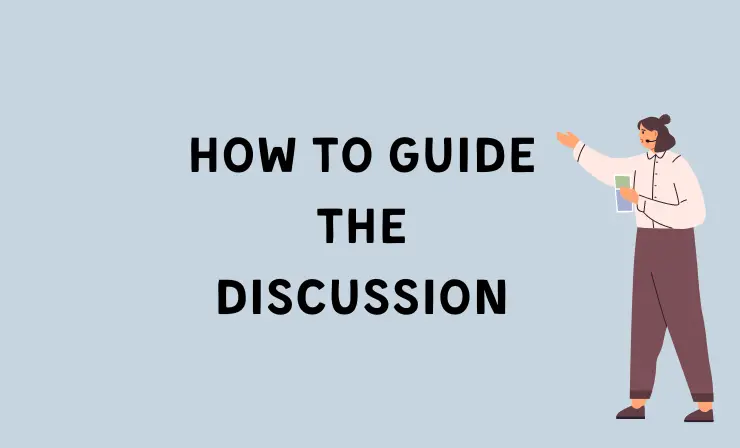
It may take some practice, but with a few tips you should be able to learn how to correctly guide a discussion among your students.
Here are 5 tips on how to guide a classroom discussion:
1. Establish a Clear Purpose
Before the discussion begins, think about what you want the discussion to be about and what you hope your students learn from it. Give the students a heads up on what the topic will be about and what your desired outcome is for the discussion.

2. Keep the Discussion Organized
Be the leader of the discussion and ensure that it stays organized. Do not let the conversation get out of hand with too many people speaking at once. If a question is asked, let the individual answer the question. Also, encourage everyone to listen and wait their turns when a person is speaking.
3. Provide Summaries of What Individuals are Saying
Some students may have a tough time following along or focusing when a discussion happens. Therefore, you can summarize students’ answers to help them maintain focus. It will also help them with understanding exactly what is being said and what the person means by their comments.

4. Allow a Question-and-Answer Session at the End of the Discussion
There should always be a question-and-answer session at the end of discussions. The reason for this is because students may be curious about something that was not addressed during the conversation. This will also help keep your students’ attention.
5. Give lecture points
Provide a lecture at the end of everything that was addressed and learned throughout the discussion. Your students can take notes and summarize everything talked about. This is a good closing point to the discussion.
For a video explaining several different tips to try when mastering group discussion, watch Simplilearn’s YouTube video. This video goes over tricks, tips, and ideas that are great to try with your students. Check it out below.
Did you know that there is software that can help you manage your classroom? You may be able to use this software when managing a discussion in your online class. You can read more about this in my other article by clicking here.
If you are a virtual teacher, I have also written about other types of software that can help you when it comes to distance learning. There are 17 different software that I suggest for teachers who need ways to make virtual teaching an easier and simpler process. In this article, you will find more details about this.
Useful Recourses
- 24 ideas for creating a discussion-rich classroom
- 16 Books for Middle Schoolers
- How to Write a Summary
Conclusion
I hope this article helped you when it comes to developing rules for classroom discussion. In my opinion, doing this is an essential part of a successful and fully functional classroom. I believe that you will think so too after you have given it a try. Good luck and happy teaching!
- Overview of 22 Low-Code Agencies for MVP, Web, or Mobile App Development - October 23, 2024
- Tips to Inspire Your Young Child to Pursue a Career in Nursing - July 24, 2024
- How Parents Can Advocate for Their Children’s Journey into Forensic Nursing - July 24, 2024

I think it’s very important to teach kids to have a proper discussion. First, they will learn to respect and listen to others. Secondly, they will understand that everyone is different and everyone has the right to their own opinion.
I completely agree with you.